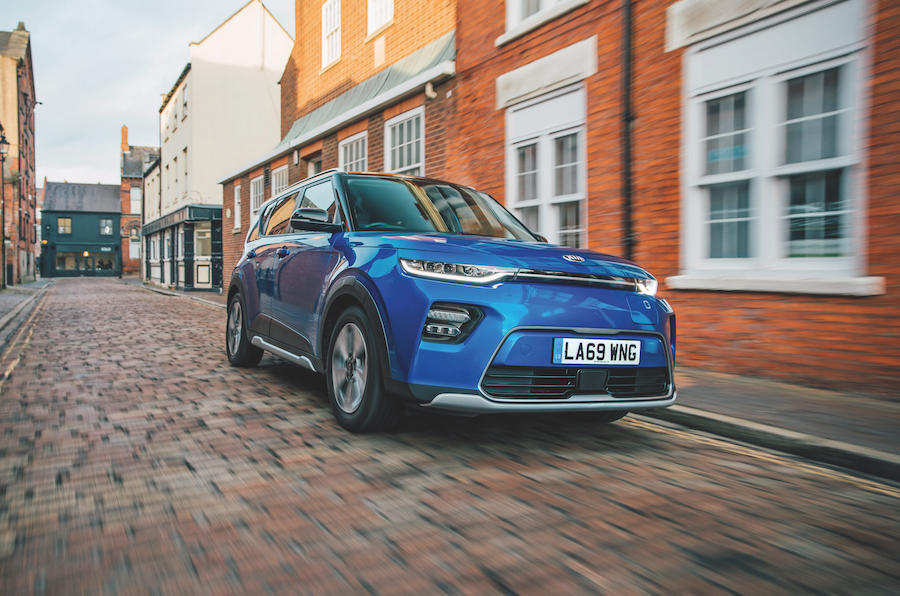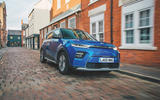Kia’s business has been less negatively affected than its competitors by the pandemic, according to the firm. In fact, Kia believes it has actually benefited in terms of meeting the EU’s tough new fleet average CO2 emissions targets.
“We think we will be less impacted than the industry in general,” Kia’s chief operating officer for Europe, Emilio Herrera, told Autocar. “We saw that in the first quarter: the market was down 26% in Europe, but Kia was down 14.5%. Consequently, we increased our market share. Usually when there’s a crisis, Kia behaves better than its major competitors.”
Herrera cites the Korean brand’s positioning as “a more rational choice” – alongside its relative value and the peace of mind afforded by its seven-year warranty – to explain its relative success in this time of difficulty for most companies.
Hitting CO2 targets earlier
What has still been a steep reduction in sales is beneficial to Kia’s corporate average fleet emissions, which must fall to around 95g/km (before brand-specific adjustment) by the end of 2020 to avoid fines.
Herrera said: “In the initial plan we had, we were supposed to reach the CO2 target by the end of November. Our revised plan includes less units, because of what we lost in March and April.
“With the new revised volume we have, we will achieve the CO2 number at the end of August, because the number of ICE vehicles sold has reduced dramatically but [sales of] plug-in hybrid and electric vehicles haven’t.”
Looking ahead to a recovery
Herrera acknowledged that it will be “very difficult” to recover lost sales as a result of lockdowns “without strong government plans to support the automotive industry”.
However, he referred to a survey completed in China after restrictions were lifted that points to an increase in the use of private cars, suggesting “people will feel safer in their cars, so usage will increase”.
Herrera continued: “Will that necessarily translate into more purchases of new cars? Maybe, but also of used cars. If there’s a good combination of that and government support, we might see a strong recovery.”
Increased EV sales
Another factor benefiting Kia is increased supply of EVs. Waiting times for the Kia e-Niro and Soul EV had been long, but the issue is now less acute.








Join the debate
Add your comment
Every cloud has a sliver
Every cloud has a sliver lining...
But they're still pushing for government (taxpayer) support.
South Korea was also hit by
Because Kia is not European
Kia, with most manufacturing in South Korea, is not so affected as European brands that had to shut their factories.
So no, it's not about a sudden sharp rise in the appeal of Kia, it's simply because they have still been able to produce cars when others have stopped.